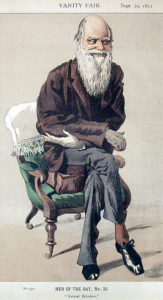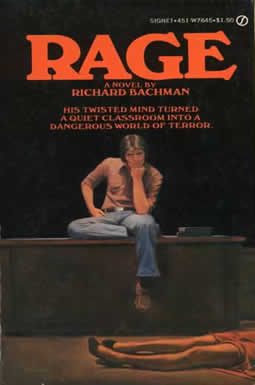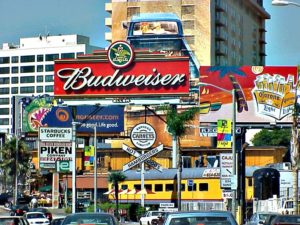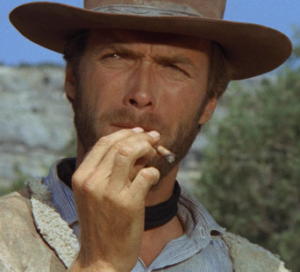 The Darwin Award is an honor (award or prize) that is given as a joke to people who have done stupid things to hurt themselves badly or even to kill themselves. It is given out each year.
The Darwin Award is an honor (award or prize) that is given as a joke to people who have done stupid things to hurt themselves badly or even to kill themselves. It is given out each year.
The “award” was actually started by different people on the Internet. There is no official organization that gives out this award. One of the most well known lists, however, can be found at here.
This award is of course named after Charles Darwin (1809–1882), who is best known for his theories (general principles to explain something) on evolution, or how different forms of life have changed or “evolved” over their long history on Earth.
One idea that came out of Darwin’s theories is often called “survival of the fittest,” which is the concept that the strongest and smartest people survive (stay alive), and the weakest and dumbest do not. As a result, the weakest people do not pass on their genes (genetic material; the characteristics that a person passes onto his or her children) to future generations.
This award is a tongue-in-cheek (not serious) prize for the people each year who have done the stupidest thing to kill themselves or to hurt themselves so that they can no longer have children.
For example, in 1996, the winners included a man who wanted to prove how brave and strong he was by cutting off his own head! In 2000, one of the winners shot himself with his own gun while teaching his wife about gun safety. In 2005, two men who had been drinking alcohol made a bet while standing on an overpass (road or bridge over a freeway). They wanted to know who was strongest. They decided that the winner would be the person who could dangle (hang by their arms) over the freeway the longest. The winner was too tired to climb back up and was killed when he fell.
And with the help of current technology, in 2014, two men tried to take selfies (photos taken of yourself, while operating your own smartphone/camera) with an elephant. The two men were actually touching the elephant’s face when the elephant got angry and trampled (walked on and crushed) them both.
No one is certain why most of the winners have been men.
ESLPod Team
 If you went to the movies this past weekend, you may have seen a movie called
If you went to the movies this past weekend, you may have seen a movie called  The Sunset Strip is a mile and a half stretch (length) of road located on Sunset Boulevard in the middle of Los Angeles, not too far from Beverly Hills. It is legendary (very famous) for its restaurants, bars, and nightclubs, but also for the celebrities who frequent (visit) the area.
The Sunset Strip is a mile and a half stretch (length) of road located on Sunset Boulevard in the middle of Los Angeles, not too far from Beverly Hills. It is legendary (very famous) for its restaurants, bars, and nightclubs, but also for the celebrities who frequent (visit) the area. When I was growing up, my best friend was Marlene. We became friends in the third grade when we were about 10 years old. We hung around (spent free time) with each other all the time. In fact, we were practically (nearly) inseparable (seldom without the other).
When I was growing up, my best friend was Marlene. We became friends in the third grade when we were about 10 years old. We hung around (spent free time) with each other all the time. In fact, we were practically (nearly) inseparable (seldom without the other). You will sometimes hear Americans use the word “ditto” in a conversation. Ditto is used as a response to what someone else has said to mean “That is true for me, too” or “The same with me,” as in:
You will sometimes hear Americans use the word “ditto” in a conversation. Ditto is used as a response to what someone else has said to mean “That is true for me, too” or “The same with me,” as in: It’s summertime! Lots of students on summer vacation are flocking to (going to in large numbers) movie theaters.
It’s summertime! Lots of students on summer vacation are flocking to (going to in large numbers) movie theaters.